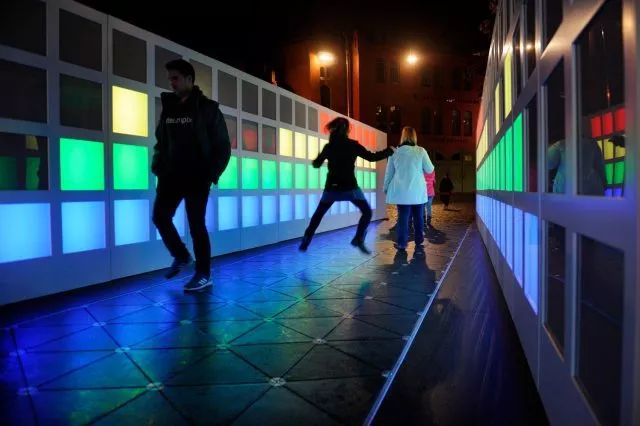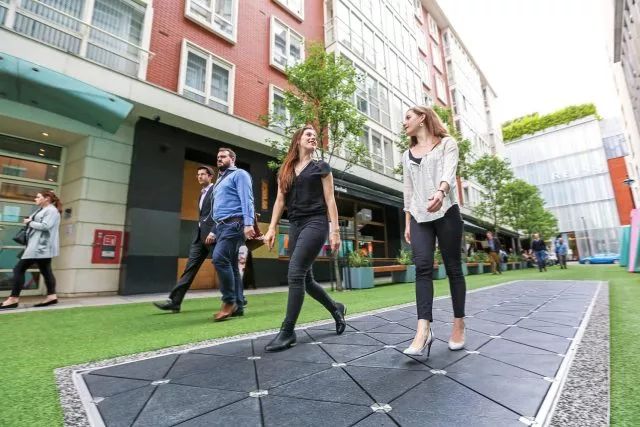|
声明:本文由入驻搜狐号的作者撰写,除搜狐官方账号外,观点仅代表作者本人,不代表搜狐立场。 The company's smart flooring solution relies on pedestrians to generate reusable energy strong enough to power public lightning. This movie is part of Dezeen x MINI Living Initiative, a year-long collaboration withMINI exploring how architecture and design can contribute to a brighter urban future through a series of videos and talks.
责任编辑: Pavegen was founded in 2009 and has completed over 150 projects globally. It offers permanent public and commercial flooring, as well as temporary installations for events. The technology was created out of a desire to make energy consumption and creation more tangible and approachable. The company claims it sought to find a way for people to further their understanding of issues relating to climate change andsustainability. When installed in a retail setting, visitors and customers in a shop are able to earn digital currency for every step that they take, which is collected using a smartphone app and could be used towards a purchase or to donate to charitable causes. 来源:https://www.dezeen.com 返回搜狐,查看更多"As a user, the retailer would say Laurence, you have made 42 steps, if you can make 50 steps we'll give you some money off your purchase, or even better, you can choose to donate that energy somewhere else," he added.
The brand believes that it is the combination of physical participation and data collection that will aid the evolution of smart cities, as well as changing behaviours to address the issues facing urban spaces in the future. The latest movie in our ongoing Dezeen x MINI Living series features floor tiles developed by London-based startup Pavegen to produce kinetic energy when stepped on.
阅读 () Pavegen's floor tiles could power future cities with footsteps "There's a way to engage users on another level, beyond energy," said Kemball-Cook. "No one can see energy, no one really understands what energy is. But this makes it real." 原标题:踏步即可产生电能的瓷砖:助力未来智慧城市
能源与我们的生活息息相关,但是我们却看不见,摸不着。为了让大家更加实际的了解能源生产和消耗,更好的应对气候变化,创造更加可持续的未来。Pavegen公司发明了一种新型瓷砖,当人在上面踩踏时,瓷砖可以引起电磁感应发电机移动来发起旋转运动,进而产生电力。据该公司介绍,一个脚步足以产生大约20秒钟照明LED灯泡所需的离网能量。这些瓷砖还有一个无线API传感器,用于传输瓷砖安装区域的运动行为数据。这可以帮助创建一个地区的步行高峰时间概念,并创建热门城市空间的热图。
踏步即可产生电能的瓷砖:助力未来智慧城市 2018-01-04 21:42 来源:AEii国际应用能源 "What that means is that if you walk into a retailer, you are powering 40 per cent to 50 per cent of the lighting," said Laurence Kemball-Cook, CEO and founder of Pavegen. The tiles also have a wireless API sensor, which transmits data about movement behaviour in areas where Pavegen is installed. This can help to create an idea of peak times for foot traffic in an area, predict consumer trends, and create heat maps of popular urban spaces.
When stepped on, the tiles cause electromagnetic induction generators to move – setting off a rotary motion that in turn generates power. According to the company, one footstep is enough to generate the amount of off-grid energy needed to light an LED lightbulb for approximately 20 seconds. |



